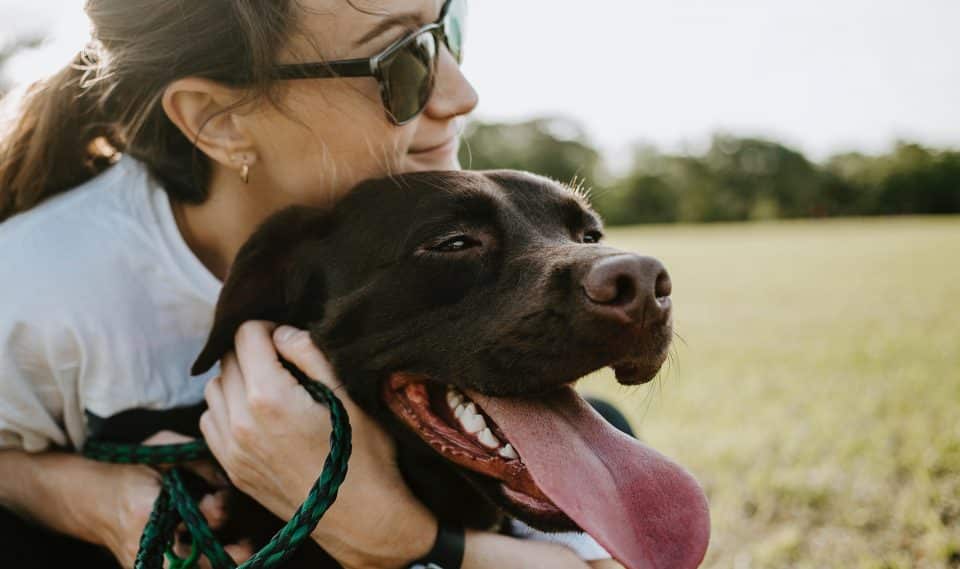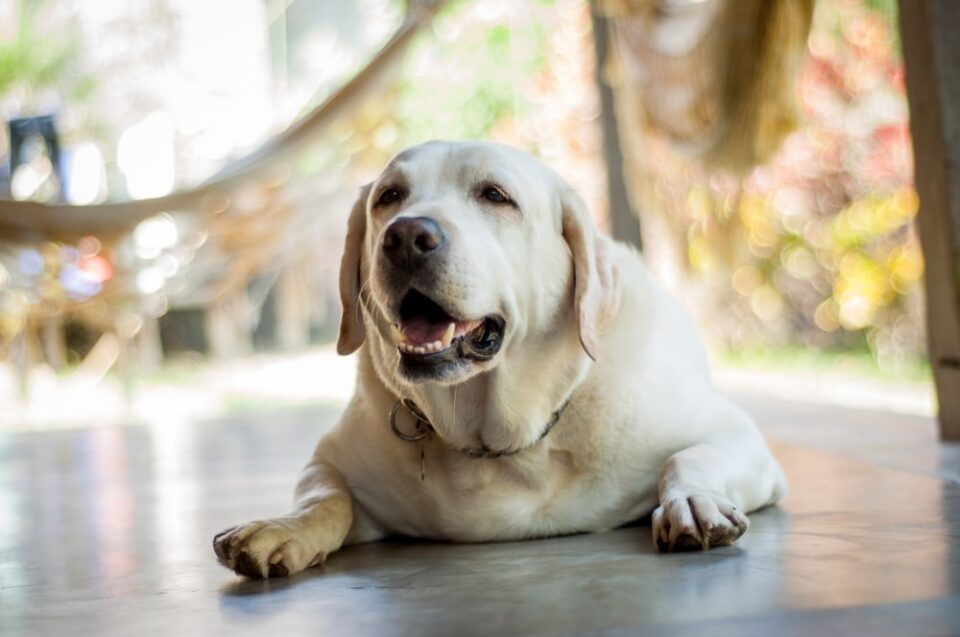Pet Care
4 min read
It’s summer: Watch out for heat stroke in dogs and cats.
Published on Jul 5, 2023

As the weather warms up, there is an increased risk for heat stroke in cats and dogs. Knowing the common symptoms of overheating among pets, and how to help pets stay cool, will ensure a fun and safe summer for everyone—whether you spend it hiking, at the dog park, frolicking on the beach, or napping in a warm sunbeam.
How do pets cope with higher temperatures?
Although dogs and cats don’t sweat like humans do, they have developed other ways to chill out during the hottest months. Dogs cool themselves down through panting. Cats groom their coats more when it’s warm to get an evaporative cooling benefit. Pets might also be particularly attracted to cold surfaces such as tile floors or countertops.
Sadly, our pets’ natural responses to heat aren’t always completely effective, and they’re more susceptible to heat-related illnesses than we are. A 2020 veterinary study found that as high temperatures increase with climate change, so will the rate of heat stroke in pets.
As a reminder, never leave your dog or cat in a hot car unattended. On a 90-degree day, the interior temperature of your car can reach 110 degrees in 10 minutes and 130 degrees in 30 minutes, which can be fatal.
What is heat stroke?
Heat stroke (hyperthermia) is when the elevated core body temperature is above the normal range, causing damage to tissues. Affecting people and pets, it’s a life-threatening condition that can result in serious organ damage. Brachycephalic breeds (like French bulldogs and pugs) are at especially high risk.
If you suspect your pet is experiencing a heat related illness, such as heat exhaustion and heat stress, bring them to your veterinarian immediately. Our veterinarians are currently available to take urgent cases, such as heat stroke. Please call our clinic in Carmel Valley at (619) 880-8986 so we can care for your pet.
Dog heat stroke symptoms
With outdoor exercise and playtime during the summer months, heat stroke in dogs is cause for concern. Symptoms include:
- Fever/warm to the touch
- Excessive drooling
- Very dry nose
- Lots of clear nasal discharge
- Excessive panting
- Vomiting or diarrhea
- Confusion
- Weakness/lethargy
- Abnormally colored gums (bright red, purple or blue should be worrisome)
Cat heat stroke symptoms
Cats might have subtler symptoms than dogs, making it extra important to monitor them during hot weather. Symptoms include:
- Panting or breathing through their mouth
- Drooling
- Pacing
- Difficulty breathing (excessive panting)
- Vomiting or diarrhea
- Confusion
- Weakness/lethargy
- Abnormally colored gums (bright red, purple or blue should be worrisome)
There are many ways to prevent pets from overheating in the summertime.
Heat stroke is pretty scary. The good news is there are easy steps pet parents can take to keep their pets safe.
Tips for keeping your dog cool.
- Readily available, fresh water is essential. If outside, it should be kept in a shady area and changed frequently. If you’re taking your dog with you on a walk, a hike, or to the dog park, bring a bottle of water for yourself and your pup. Chilled treats (or ice cubes!) can be a delightful snack along the way, too.
- Did you know dogs can actually get sunburned? Dog sunscreen can help, but shade is always best. If they’re outdoors, a well-ventilated dog house or canopy can help them escape the sun’s brutal rays. Of course, the best option is inside with you and the air conditioning!
- Some pups love going for a dip. A kiddie pool or large tub can be a fun way for dogs to cool off in the summer.
- An early morning or evening walk/run is a good way to get some exercise-especially after being cooped up in front of the air conditioning all day! Remember that roads and sidewalks can be much hotter than the air temperature, so test it with your bare foot first to make sure it’s safe for your pup’s paws.
- Give your dog extra relief with a cooling dog bed. It’s cozier than the tile floor!
Tips for keeping your cat cool.
- When it comes to keeping your cat comfortable during the summer, grooming is key. Frequent brushing can prevent heat-trapping mats and tangles from developing. If they have long hair, your veterinarian might recommend having their hair clipped.
- Cats are prone to dehydration, so leaving multiple water bowls around the house can encourage them to drink up during the warmest days. Some fussy felines drink more water out of a fountain—it might be worth looking into.
- Sunscreen can help protect cats from sunburn, too! When applying the sunscreen, focus on exposed parts of the cat’s skin, including their nose, tips of the ears, belly, groin, and anywhere else that’s lacking fur.
- You can boost your cat’s evaporative cooling by petting them with a damp washcloth or wet towel. They’ll appreciate the effect and who doesn’t love more bonding time?
Your veterinarian can provide more advice for how to keep your dog or cat cool throughout the hottest summer months. They can also answer questions on other matters, such CBD and dogs and foxtail and dogs. If you start to notice symptoms of heat stroke, bring your pet to your veterinarian as soon as possible-early and swift treatment can save their life.














